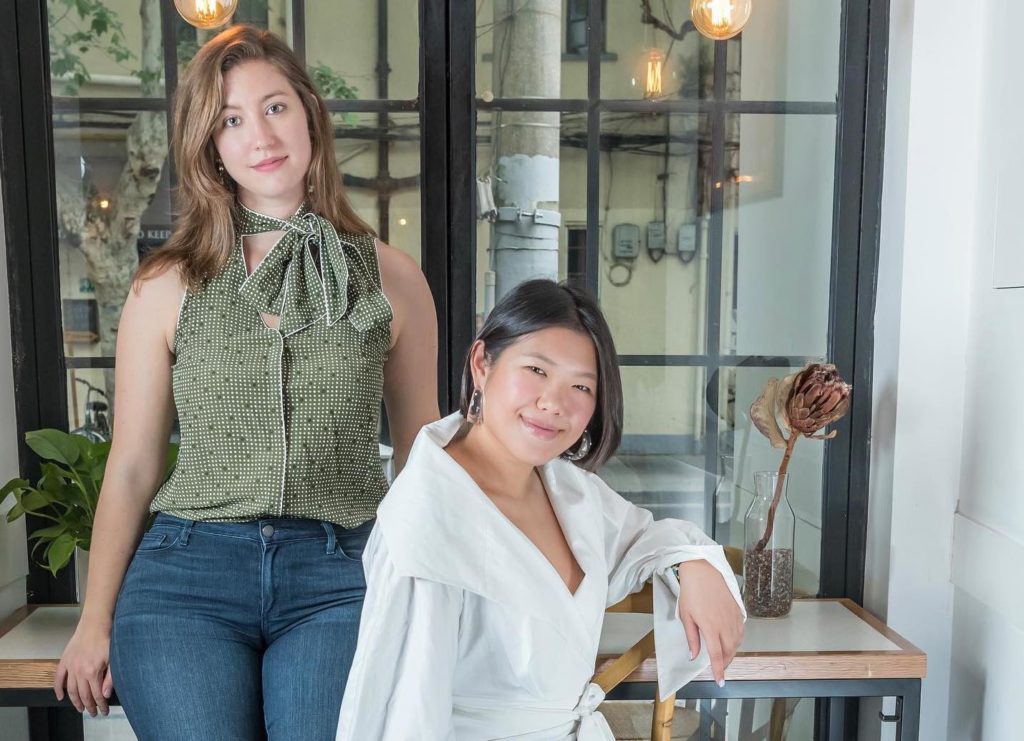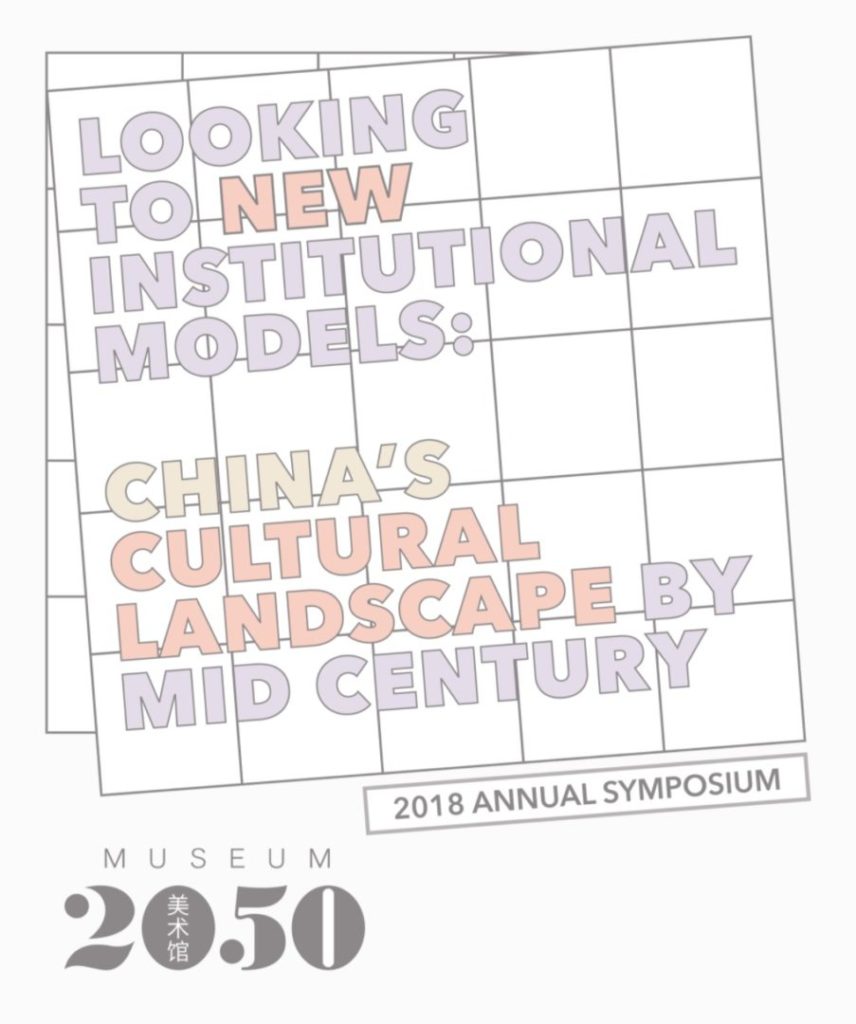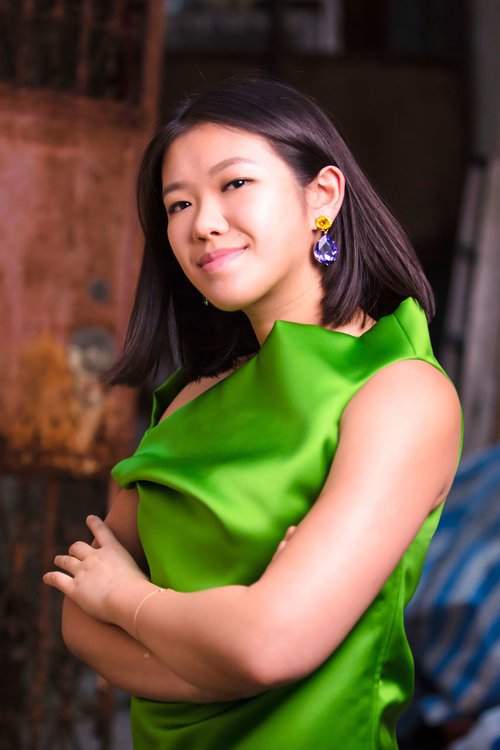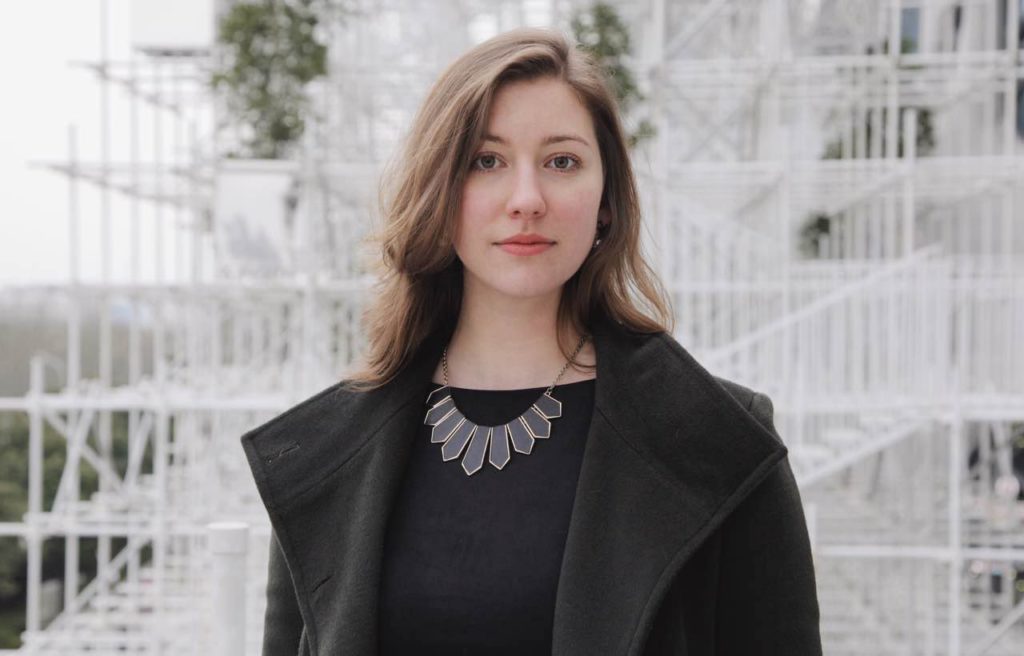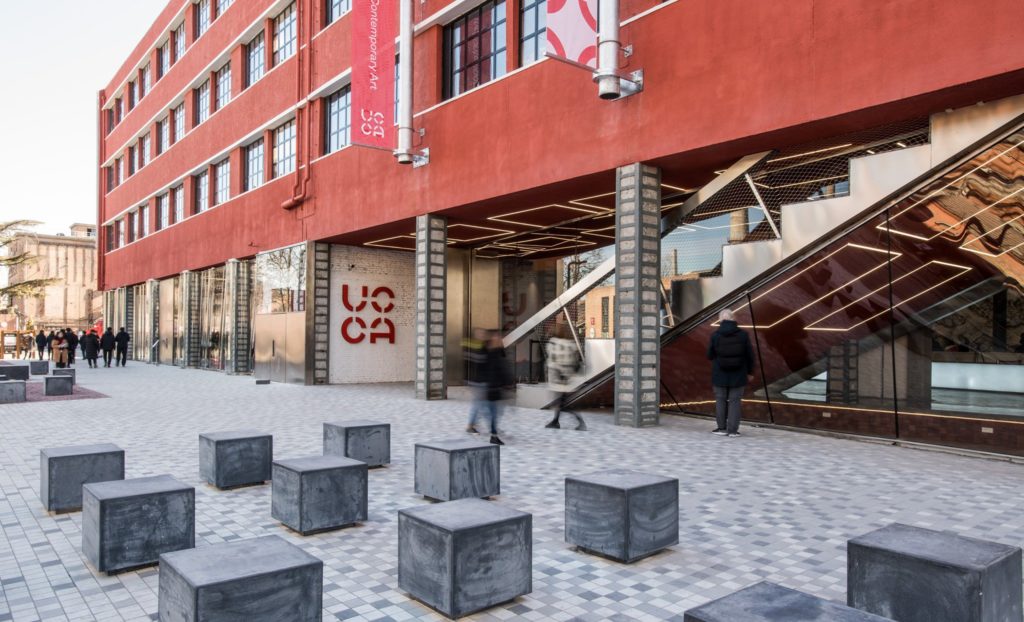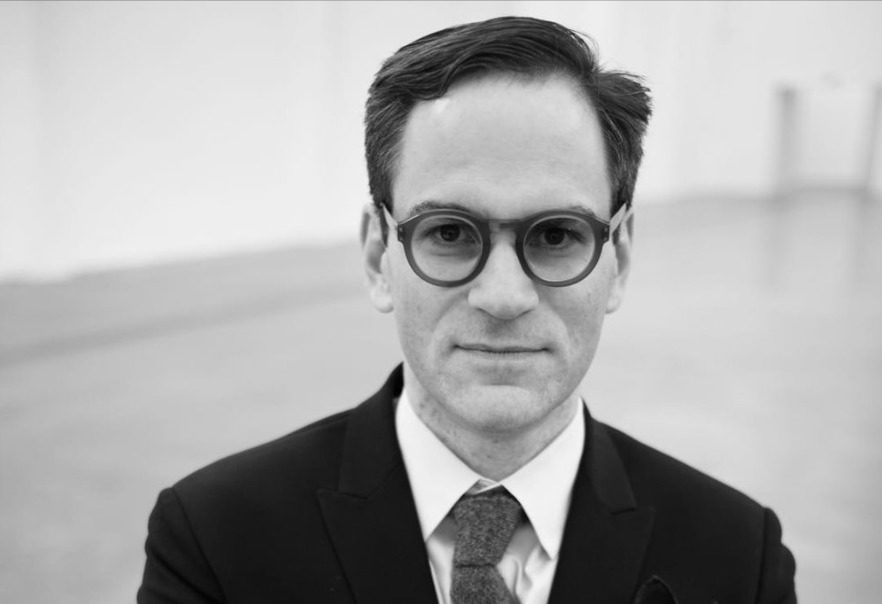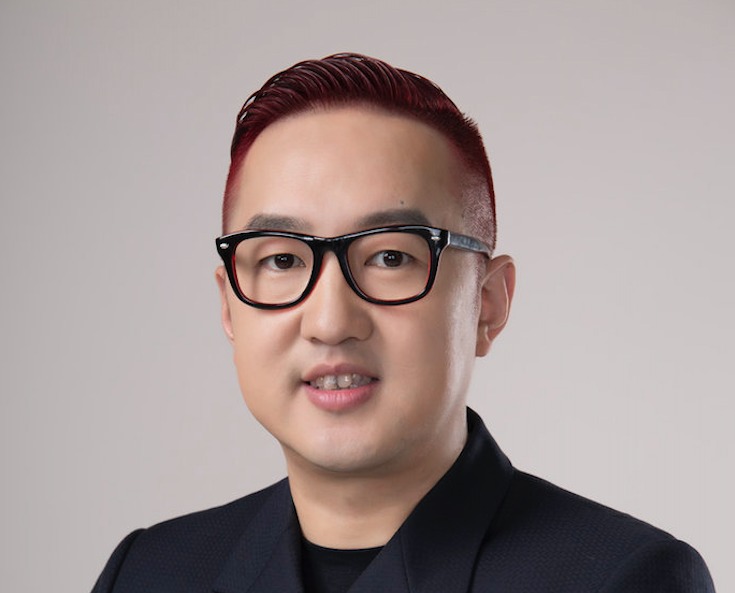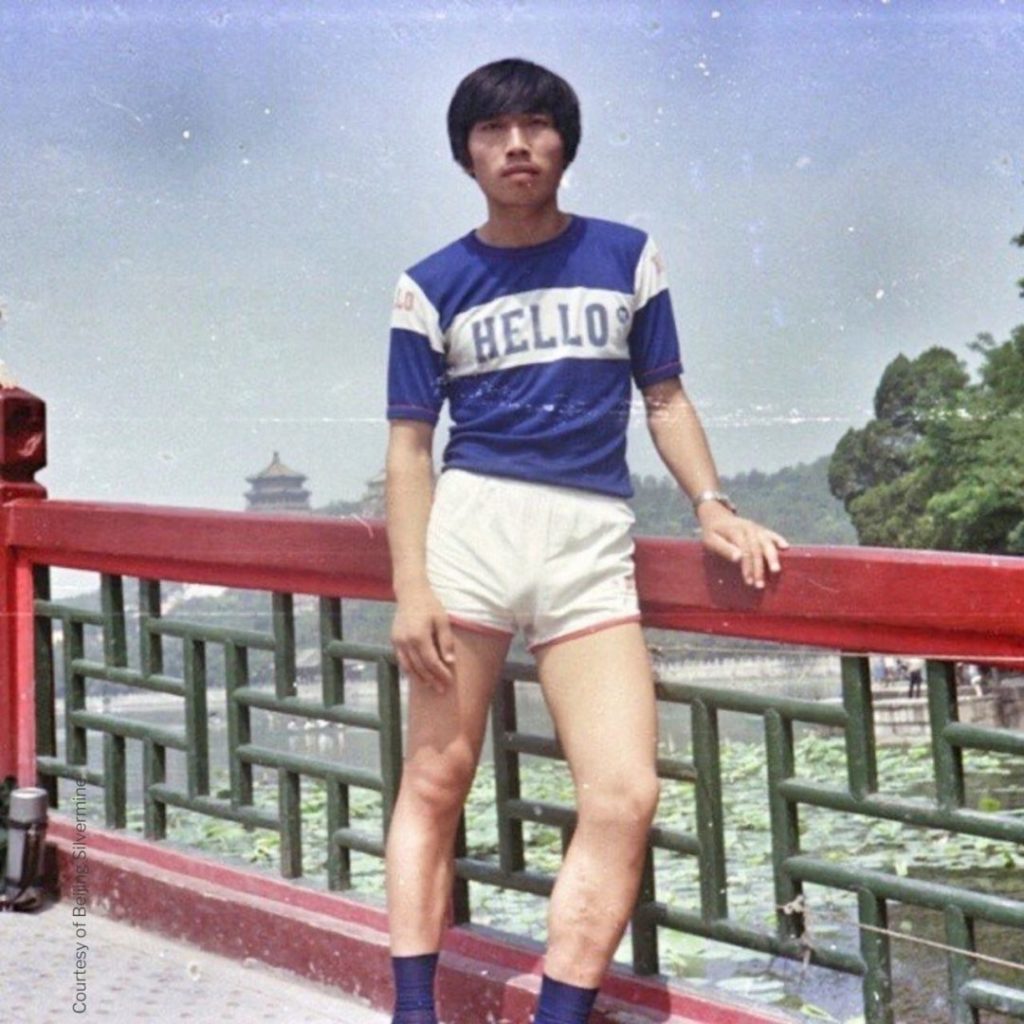Doors interviewed Nicole Ching and Leigh Tanner, the young founders of Museum 2050, a new platform for investigating key issues about the future of cultural institutions in China and abroad from a local perspective.
Museum 2050’s inaugural two-day symposium took place at the Long Museum (Shanghai) in June 2018. Young academics and industry professionals from all over China gathered to discuss the theme Looking to new institutional models: China’s cultural landscape by mid-century.
Twelve young scholars tackled a variety of issues from how China’s regulative institutions are shaping the development of private art museums, to the increasing role that technology is playing in these institutions, to conceptualizing the new kinds of museum models that may come as the result of innovation in the region.
Hailing from all over China, staff from Museum 2050’s participating institutions attended workshops convened by Michael XuFu Huang, Co-Founder of Beijing’s M Woods Museum, S. Alice Mong, Executive Director of Asia Society Hong Kong Center, Shi Hantao, Chief Coordinator of 2018 Shanghai Biennale, Power Station of Art (Shanghai), and Erlend Høyersten, Director of ARoS Museum, Aarhus (Denmark).

